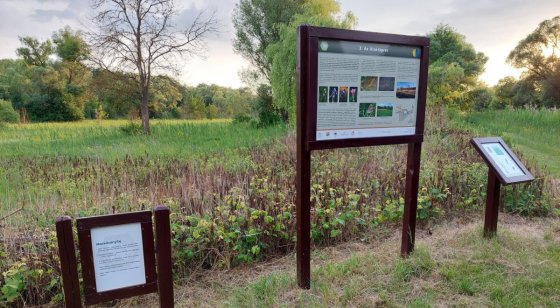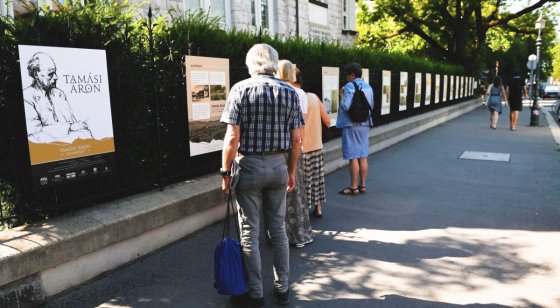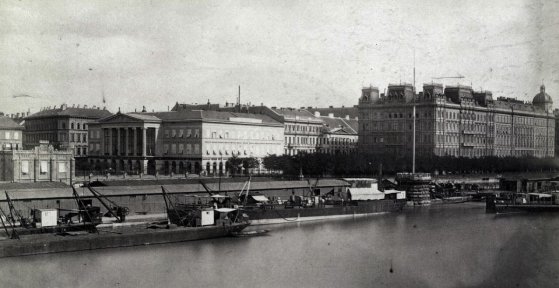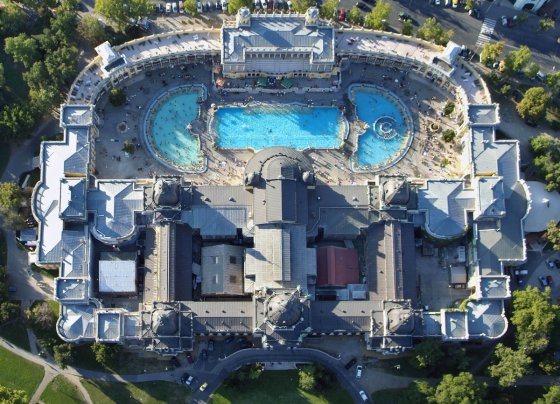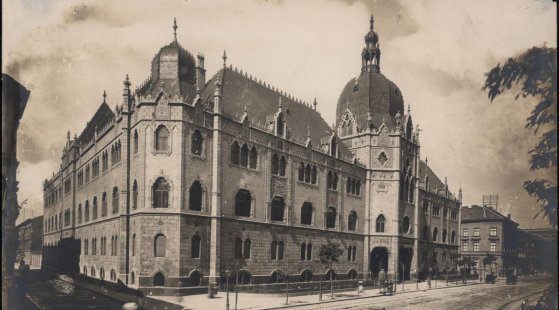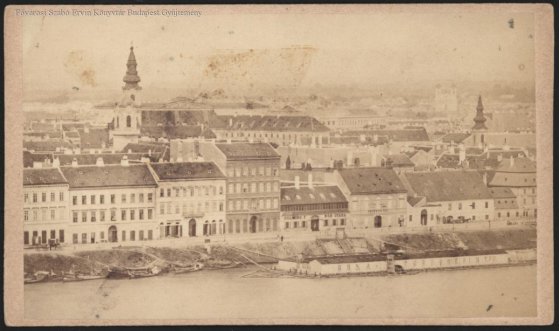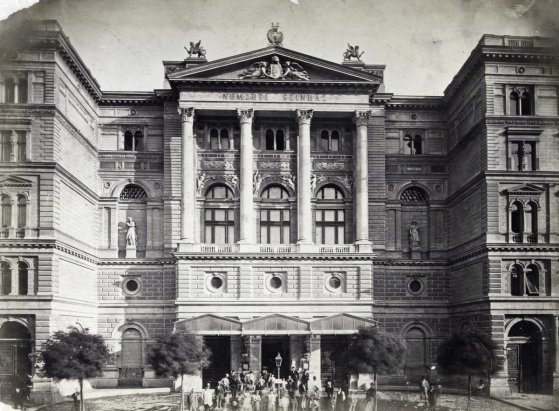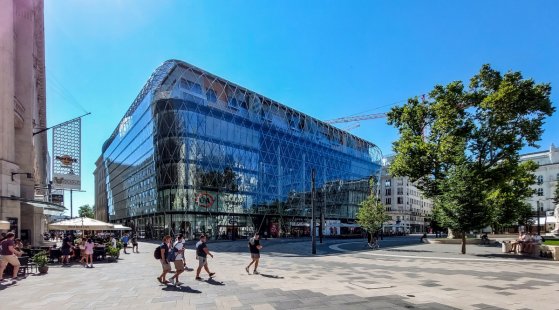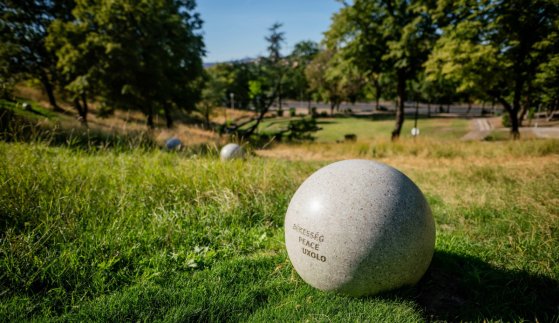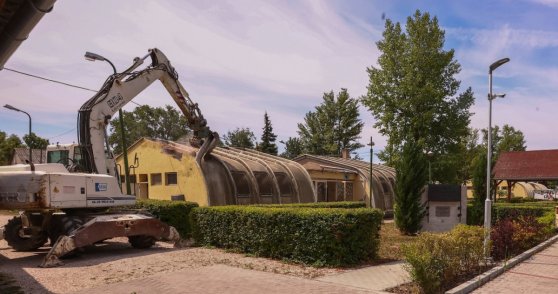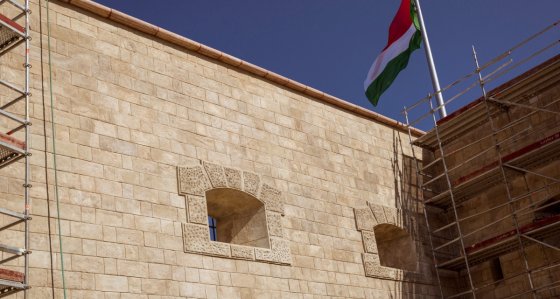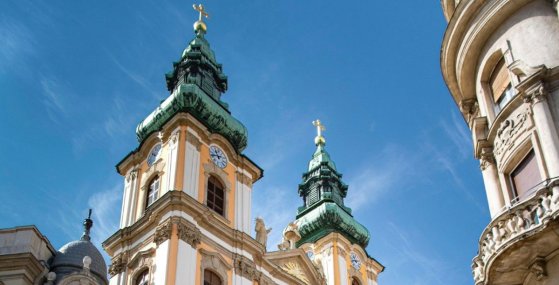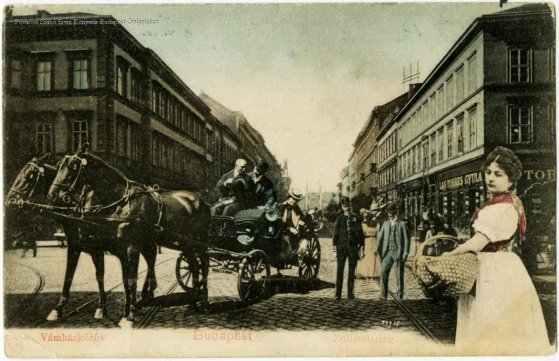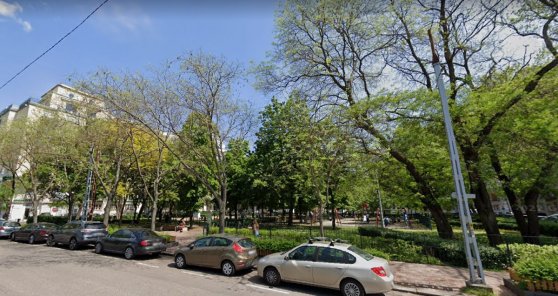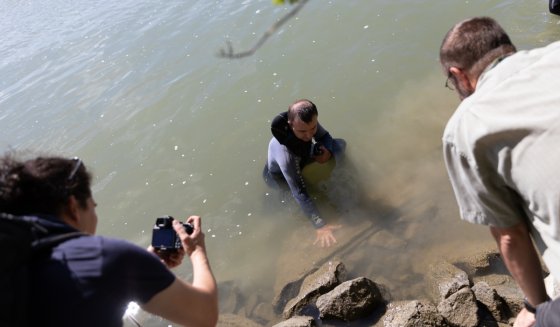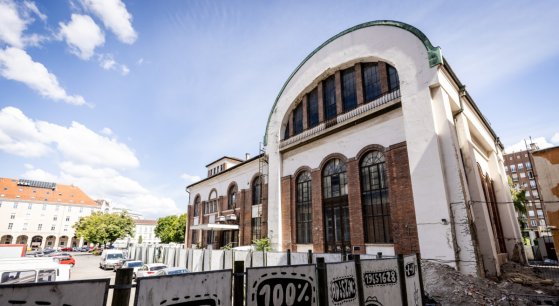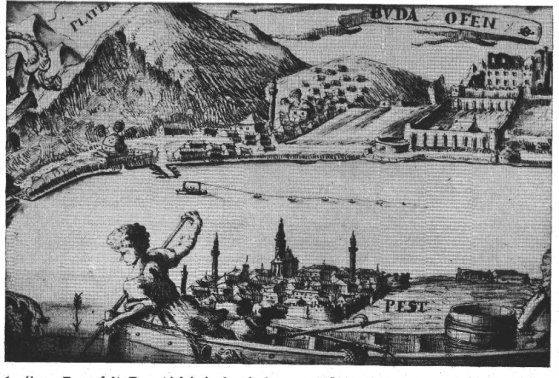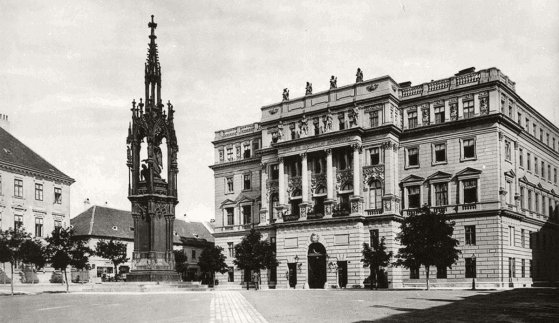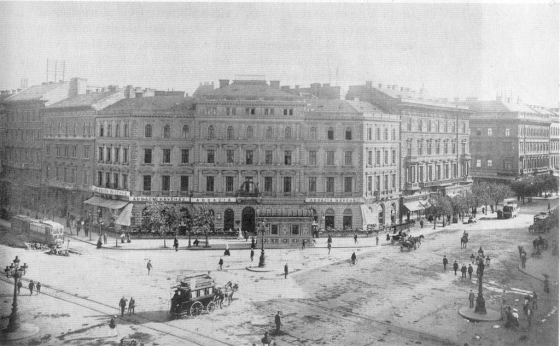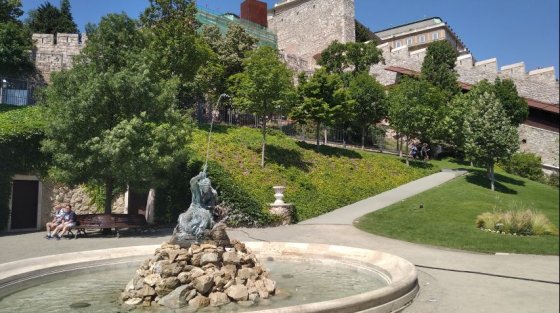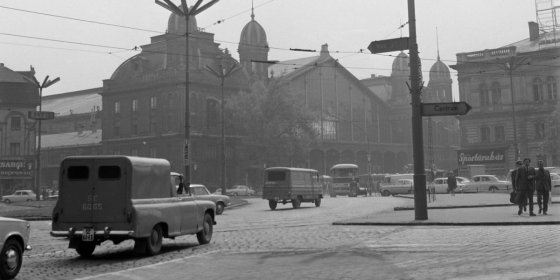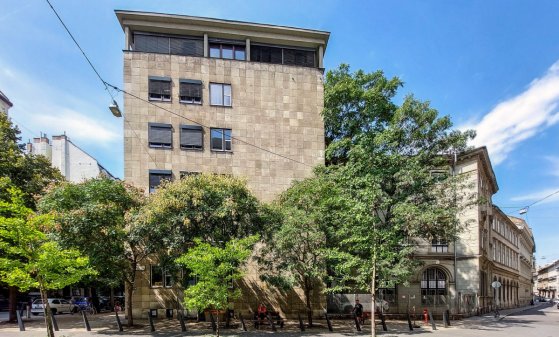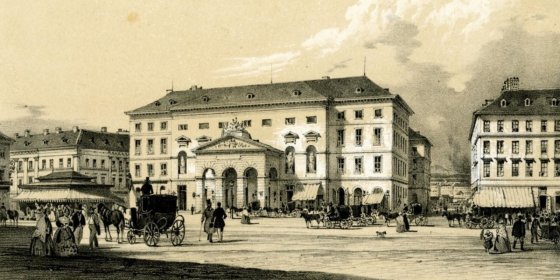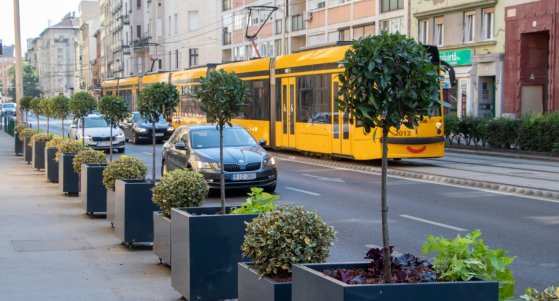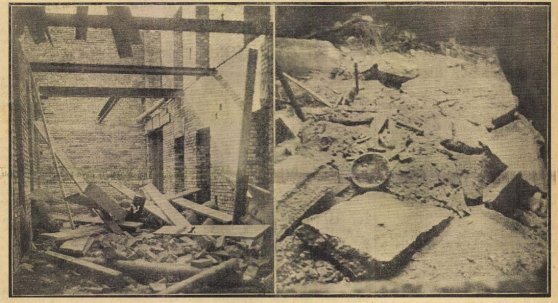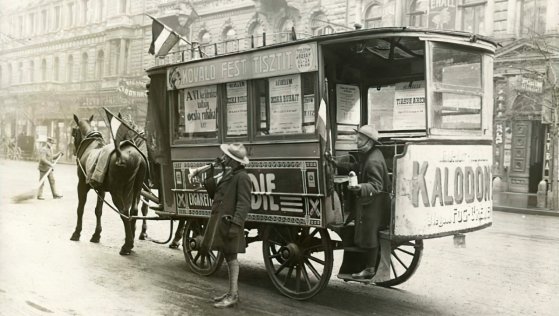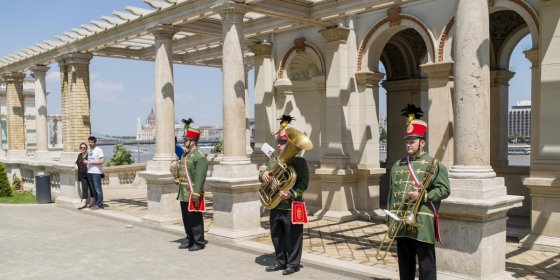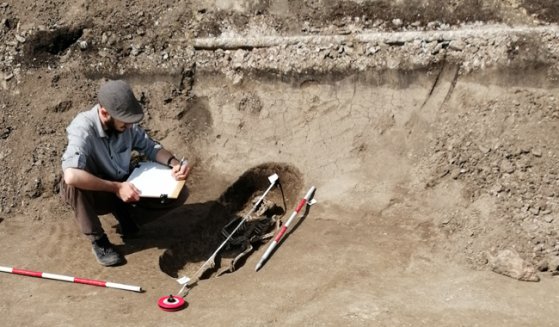 The „intertwined history” of the bridges and the city of Budapest
Which ideas and events have shaped the fate of bridges of Budapest and the cityscape? Alongside many other interesting facts, this question is also answered this newly published book by the Budapest City Archives, which introduces the history of bridges in Budapest.
The „intertwined history” of the bridges and the city of Budapest
Which ideas and events have shaped the fate of bridges of Budapest and the cityscape? Alongside many other interesting facts, this question is also answered this newly published book by the Budapest City Archives, which introduces the history of bridges in Budapest.
Budapest
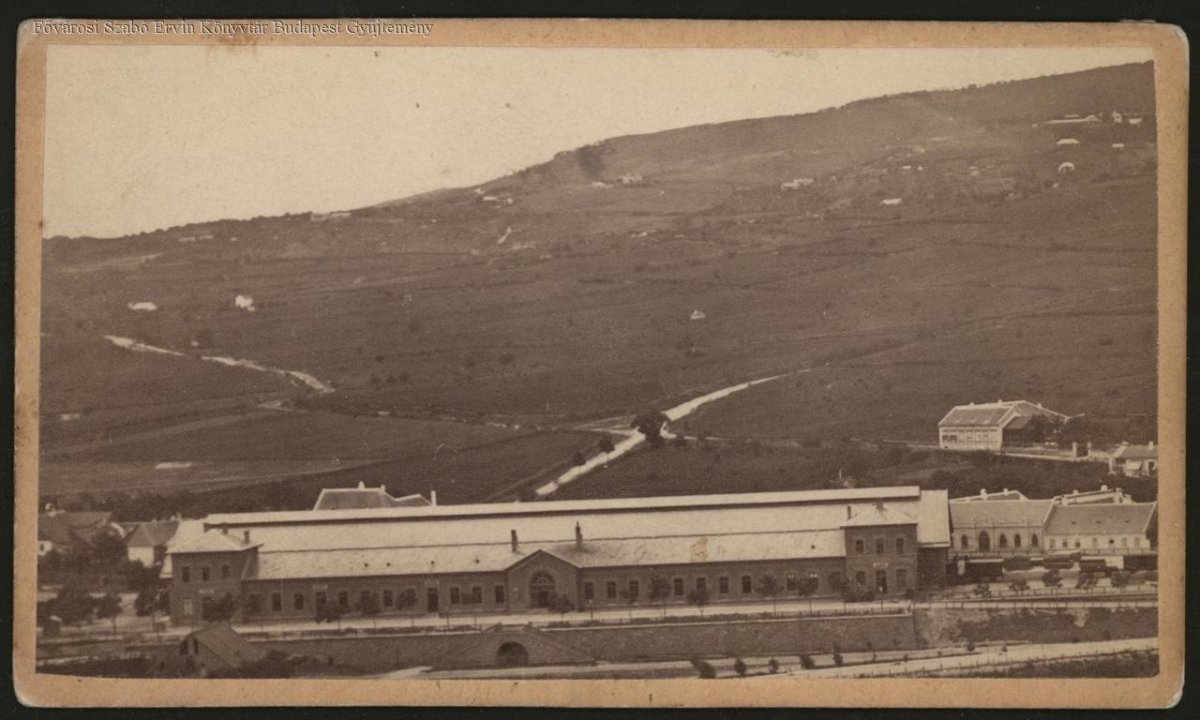 By train to Pest and Buda - Until the Compromise, only private railways operated in the country
By train to Pest and Buda - Until the Compromise, only private railways operated in the country
July 28, 2022 at 9:00 AM
Today, it is natural to get on the train or plane and get anywhere in the world from Budapest. However, it was quite different a century and a half ago. Let's see where someone could travel from Pest or Buda by train 155 years ago, in the year of the Compromise!
Nature conservation trails have been renovated
July 27, 2022 at 6:30 PM
There are a total of 40 kilometers of nature trails in the capital, and you can find them in almost every major nature conservation area. The staff of Főkert, together with other organizations, renovated the entire route network on the Pest side for the summer of 2022.
Tamási Áron 125 – Exhibition opened on Andrássy road
July 25, 2022 at 7:00 PM
As part of the Áron Tamási commemoration year, the Hungarian Academy of Arts organized a fencing exhibition in honor of the great creator of Hungarian literature. The exhibition of 17 paintings related to the oeuvre of the writer, who was born 125 years ago, can be seen at 101 Andrássy road until October.
Plans for a metropolis - the beginnings of Budapest's urban planning
July 25, 2022 at 10:00 AM
Budapest's golden age coincided with the country's economic boom: after the Compromise of 1867, the city, located on both banks of the Danube, began to develop rapidly. In 1870, in order to regulate growth, the Parliament established the Budapest Public Works Council, whose first tasks included the procurement of a general city plan. Based on this, in 1872 - one hundred and fifty years ago - Pest's first comprehensive regulatory plan was drawn up.
Baths from above - As seen by the birds
July 24, 2022 at 1:00 PM
In the raging summer, many people cool off in Budapest's well-known spas, which are not only attractive because of their healing effects and mineral-rich waters, but most of them are also tourist attractions and represent an inestimable value within our architectural heritage. Many people know these masterpieces inside and out, but perhaps few have seen them from above. From this special point of view, the surroundings of the baths can be seen in aerial photos.
The glass hall of the Museum of Applied Arts is open again - you can see the never-before-seen art treasures of the Esterházy family
July 23, 2022 at 12:30 PM
The Museum of Applied Arts, which has been closed for renovations since 2017, has temporarily opened its doors. The glass hall and ground floor gallery of the building designed by Ödön Lechner and handed over in 1896 at the end of the millennium celebrations can be visited, where you can see a special selection of the war-damaged and never exhibited art treasures of the ducal treasury of Esterházy.
The last year of Pest's independence - Only 34 four-story houses stood in the city before unification
July 22, 2022 at 11:00 AM
Three small towns stood on the banks of the Danube 150 years ago. The largest of the settlements was Pest on the left bank, which already had almost 5,700 buildings. Budapest existed only in plans and legislation, but Pest was constantly being built and developed. In 1872, the last independent year before the unification of the city, 206 new residential buildings were handed over, but the fact that 28 stables were also built in the same year clearly shows the way of life and transport options of the time.
A 190-year-old proposal to create a permanent Hungarian theatre
July 21, 2022 at 1:30 PM
The first permanent Hungarian-language theatre opened in Pest in August 1837, making a nearly 40-year-old dream come true. The construction of the theatre was given a big boost by a work five years earlier, which put a detailed and thorough proposal on the table on how to establish a Hungarian theatre and ensure its operation in the long term. Its creator was István Széchenyi, who already called the Hungarian capital Buda-pest in 1832.
As of 1 August, four downtown public spaces will become state property
July 19, 2022 at 8:00 PM
From 1 August, Vörösmarty square , Széchenyi István square , Podmaniczky Frigyes square , and József Attila street will be owned by the state and managed by the 5th district local council. The law on this matter was adopted by the Parliament today.
The Nelson Mandela Park on Gellért Hill was handed over
July 19, 2022 at 12:00 PM
Although many people protested against it earlier, the Nelson Mandela Park was handed over on the northern slope of Gellért Hill, in the area between the Philosophers' Garden and Hegyalja street. The Capital City local council timed the handover to the 104th birthday of the first colored president of the Republic of South Africa.
The former youth camp in Csepel is being renovated
July 18, 2022 at 7:00 PM
A new family-friendly leisure park will be created on the banks of the Little Danube by the end of 2023 in the 21st district Holland street youth camp. A playground and pedestrian walkways will be built on the Csepel site, the existing boathouse will be renovated, and tennis courts will also be created. Demolition of the pavilion and dressing rooms, which were in poor condition, has begun.
A section of the wall of the Citadel, which is under renovation, has already been completed
July 18, 2022 at 5:30 PM
The nearly 10,000 square meter wall surface of the Citadel is being renovated, the first restored wall section can already be seen on the northern side of the rondella. The white limestones from Süttő and the carved red limestones from Tardos were covered with a special layer to make them durable. The completed wall section will soon be followed by the reconstruction of the entire Danube facade of the Citadel and then the Buda facade of the fortress.
Art inside the centuries-old walls - the little-known side of the University Church
July 17, 2022 at 9:00 AM
The walls of the University Church have been standing tall in the inner city of Pest for 280 years: the construction of one of the jewels of Hungarian Baroque architecture was finished in 1742, after nearly twenty years. However, this did not mean its completion, as the interior was still completely unadorned at that time. It got its worthy face surprisingly late, only in the middle of the 19th century, which was supplemented with additional details at the beginning of the 20th century- so the church we know today was formed then.
When the coachmen were regulated in Budapest
July 16, 2022 at 2:00 PM
A smaller war broke out between the Budapest police headquarters and the coachmen 105 years ago, in 1917. Due to the many abuses and irregularities, the captain wanted to bring this type of transport service under the rules, for which the coachmen threatened to go on strike.
There will be a community garden in Szent István park
July 15, 2022 at 5:30 PM
In the 13th district's Szent István park, in the area between Pozsony road and Hollán Ernő street, the corner plots, which have been surrounded by low fences until now, will be turned into a community garden. The basketball court will also be renovated.
Archaeologists were able to find the remains of a monastery founded by Béla the 4th at Háros Island
July 15, 2022 at 2:00 PM
The remains of the Premontre monastery founded in 1264 were found by diver archaeologists along Háros Island. The monastery was built during the time of Béla the 4th and was destroyed during the Turkish era. The supposed location of the building was previously searched by several archaeologists. Many carved stones of medieval origin were found in the debris field, including blocks of blocks and fragments of window frames, but more recent finds were also found.
The renovation of the former Merlin Theater building begins
July 14, 2022 at 5:30 PM
The renovation of the former downtown transformer house in the courtyard of the City Hall, the former Merlin Theater building, will begin soon. After the works are completed next year, the building will reopen as a cultural and community space.
The reaction ferry between Pest and Buda ceased to exist 255 years ago - The current of the river operated the special ferry
July 14, 2022 at 10:30 AM
The first post-Turkish bridge was built between Buda and Pest 255 years ago, but until then, people still had to cross the river somehow. This was made possible by a very interesting structure called the reaction ferry. It was operated by the flow of the river, and it solved the crossing of the Danube in the line of today's Erzsébet Bridge and then the Chain Bridge until 1767.
A publicly hated monument in the Castle - The Hentzi "pillar of shame" was inaugurated 170 years ago
July 11, 2022 at 1:00 PM
There have been many monuments and buildings and there are ones still standing in Budapest that remind us of the former occupiers and glorify those who committed crimes against Hungarians. The largest of these is the Citadel, which was built by the Austrian army, specifically for the purpose of threatening the population of Pest and Buda. And a monument in Buda Castle was erected to a man who unjustifiably shot at the city of Pest and its citizens in 1849. The Hentzi Memorial was inaugurated exactly 170 years ago, on 11 July 1852, by Franz Joseph, who defeated the Hungarian war of independence.
The birth of an iconic place - Oktogon is 150 years old, which was called Nyolcszög Square for decades
July 10, 2022 at 12:30 PM
We can safely call Oktogon Budapest's most unique transport hub: with its regular octagon shape, it quickly stands out on the map, and its easy-to-remember name means refreshment for foreigners, especially in Hungarian conditions. In addition, public transport routes famous throughout Europe intersect here: the continent's first underground railway, as well as the busiest tram lines. Its birth also coincides with the beginning of the golden age of the capital: its current form was defined 150 years ago, and for a long time it was called Nyolcszög Square.
Surroundings of Buda Castle - The historic gardens are being renewed
July 9, 2022 at 9:00 AM
The National Hauszmann Program covers not only the reconstruction of the buildings of the Buda Palace District, but also the renovation of the gardens surrounding them. The royal environment at the turn of the century naturally also demanded eye-catching green surfaces, on which an army of gardeners worked. This wonderful environment survived the siege relatively unscathed, but the rebuilding after World War II did not spare it, so in fact these gardens can also be considered huge losers of deliberate destruction.
The southern part of Váci street will be renewed
July 8, 2022 at 6:30 PM
In the southern part of Váci street, 12 leafy trees are planted, street furniture, benches, bicycle supports are installed, and the Lajtha well is put into operation. The connecting small streets will also be renovated. The work started in June and continues in stages.
Bridge over Marx Square - Fifty years ago, the environment of the Nyugati Railway Station was imagined this way
July 8, 2022 at 11:00 AM
The design competition for the arrangement of the area around the Nyugati railway station was closed a few months ago. In the new ideas, a more livable, greener railway station environment and Nyugati Square were outlined, and the road overpass crossing the square was no longer considered. Fifty years ago, however, the future of the railway station was imagined quite differently. The results of the design competition at the time were announced in the press on 8 July 1972.
The building of the ELTE Faculty of Law on Kecskemét Street will be renovated - The Csekonics Palace once stood on the site
July 7, 2022 at 7:30 PM
Building B of the ELTE Faculty of Law is at 10–12 Kecskeméti Street, located at and connected to Magyar utca 31–33. The monument complex is now being renovated and modernized. A famous building once stood on the plot, the luxurious palace of the wealthy Csekonics.
Hebe's Kiosk: the first outdoor ice cream parlour in Pest
July 7, 2022 at 1:00 PM
Budapest has a long tradition of making ice cream. Already during the Turkish rule, eastern vendors made iced drinks from fruit juices, and then northern Italian immigrants started making ice cream-like sweets in Buda and Pest in the 18th century. However, the real triumph of today's ice cream can be linked to the name of confectioner Péter Fischer in Budapest, who opened his famous kiosk on today's Vörösmarty Square 180 years ago.
Instead of pillars, flower boxes prevent irregular parking
July 5, 2022 at 3:00 PM
The anti-parking poles were replaced by flower boxes in on Margit boulevard in the district. The plants that have now been placed are well adapted to the urban environment and, as promised, they will be watered regularly.
Tragic house collapses in Budapest
July 3, 2022 at 1:30 PM
Unfortunately, in the last 150 years, it has happened many times in Budapest that during construction or demolition, a house collapsed, a wall fell, the slab cracked, or a tragic accident was caused by the collapse of the scaffolding. The newspapers of the time regularly reported on these misfortunes. In our compilation, we present a selection of the most egregious cases and minor mishaps.
The first horse-drawn omnibus started in Pest 190 years ago - These carriages travelled the streets of the capital for nearly a hundred years
July 1, 2022 at 9:00 AM
The first omnibus, i.e., horsebus, started in Pest on 1 July 1832. It connected two coffee houses, one was in the City Park, the other in the City Centre, the main goal of the business was to increase the turnover of the City Park coffee house. Omnibuses were part of the Budapest street scene for nearly a hundred years.
Music plays in the most beautiful parts of Budapest
June 30, 2022 at 7:00 PM
160 mini-concerts are organized in the capital's historic squares in the summer. This year's Zenélő Budapest series will be held at venues such as the Museum of Fine Arts, the Hungarian National Museum, the Várkert Bazaar, the House of Hungarian Music or the Hegyvidéki Cultural Hall. This year, there will be events at the renewed historical locations of the Buda Palace District, such as the Csikós courtyard.
Archaeologists found an Árpád-era cemetery next to Budafoki road
June 30, 2022 at 4:00 PM
The excavations took place from April to June along the Budafoki road, north of the Kondorosi road, one of the surprises of the excavation was the discovery of an Árpád-era cemetery. Traces of the residential buildings of a settlement more than seven thousand years ago were also found in the area.
More articles
 The „intertwined history” of the bridges and the city of Budapest
Which ideas and events have shaped the fate of bridges of Budapest and the cityscape? Alongside many other interesting facts, this question is also answered this newly published book by the Budapest City Archives, which introduces the history of bridges in Budapest.
The „intertwined history” of the bridges and the city of Budapest
Which ideas and events have shaped the fate of bridges of Budapest and the cityscape? Alongside many other interesting facts, this question is also answered this newly published book by the Budapest City Archives, which introduces the history of bridges in Budapest.
 The Bridge Report, which brought a turning point in the history of Budapest
A travel report that changed the history of Pest and Buda, as well as Hungary. The little book contributed to the change of half a thousand years of legal customs and the implementation of an investment of unprecedented size and technical quality. This book was The Bridge Report [Hídjelentés in Hungarian].
The Bridge Report, which brought a turning point in the history of Budapest
A travel report that changed the history of Pest and Buda, as well as Hungary. The little book contributed to the change of half a thousand years of legal customs and the implementation of an investment of unprecedented size and technical quality. This book was The Bridge Report [Hídjelentés in Hungarian].
 Drama on the university wall - The heroic monument was planned 95 years ago
In the constant hustle and bustle of the Egyetem Square in Pest, the students may not even notice the monument that decorates the short section of wall between the church and the central building of ELTE. However, it commemorates their predecessors, the heroes who fought for their country in World War I, and those who heroically helped them. The first design of the dramatically collapsing soldier was born in 1928, ninety-five years ago.
Drama on the university wall - The heroic monument was planned 95 years ago
In the constant hustle and bustle of the Egyetem Square in Pest, the students may not even notice the monument that decorates the short section of wall between the church and the central building of ELTE. However, it commemorates their predecessors, the heroes who fought for their country in World War I, and those who heroically helped them. The first design of the dramatically collapsing soldier was born in 1928, ninety-five years ago.

